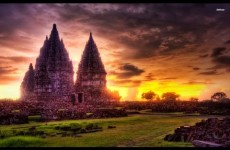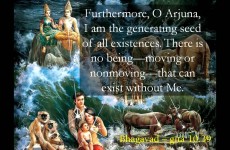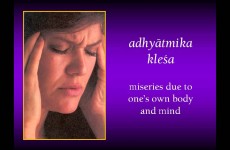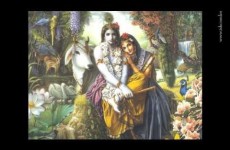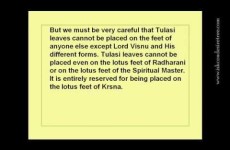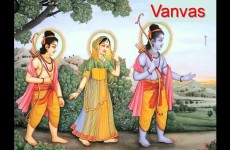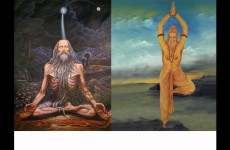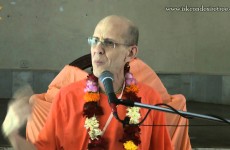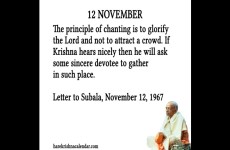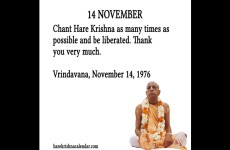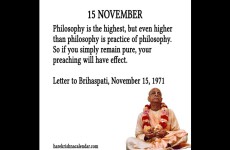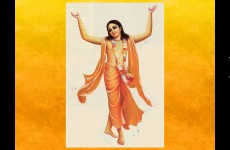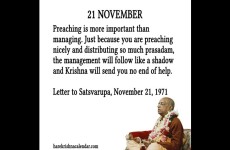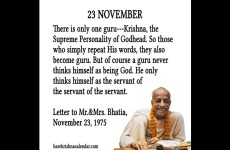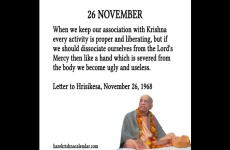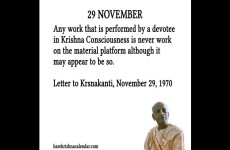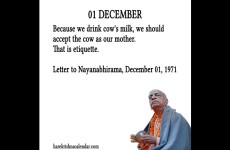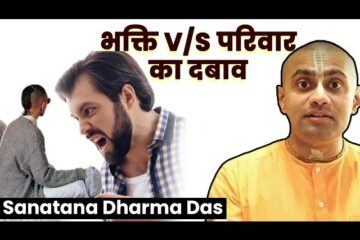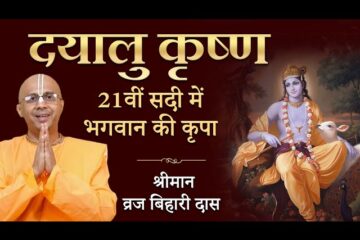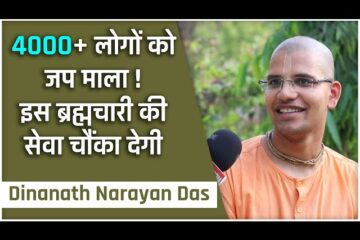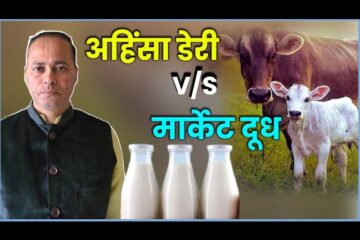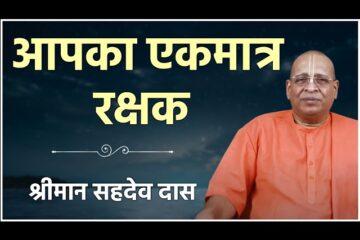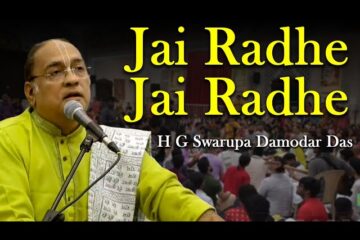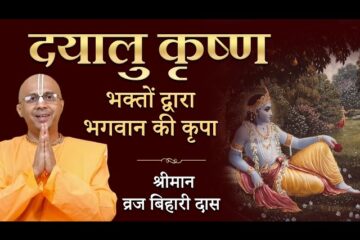Shastra is a broad term and include any book which has codes and conduct given by God.
These are like law books for man kind to follow like a citizen of country has constitution of the country to follow.
Any person who has taken birth as human being should study scriptures as any one who is part of country should know the laws made by country.
Shastras include Vedas and Upanishads.
Vedas….
The original source of knowledge is the Vedas. There are no branches of knowledge, either mundane or transcendental, which do not belong to the original text of the Vedas.
They have simply been developed into different branches, They were originally rendered by great, respectable and learned professors.
In other words, the Vedic knowledge, broken into different branches by different disciplic successions, has been distributed all over the world.
No one, therefore, can claim independent knowledge beyond the Vedas.
Formerly there was only the Veda of the name Yajur, and the four divisions of sacrifices were there specifically mentioned.
But to make them more easily performable, the Veda was divided into four divisions of sacrifice (namely Rig, Yajur, Sama, and Atharva), just to purify the occupational service of the four orders.
Upanishads….
The Upanishads are considered to be the topmost part of the subject dealt in the Vedic Literature.
There are 108 of them, like Ishopanishad, Mundaka Upanishad, Samveda Upanishad, and Chhandogya Upanishad.
The Upanishads are parts of the four Vedas, and the Vedanta Sutra is the cream of the Vedas.
And to summarize all these Vedic writings, the Bhagavad Gita is accepted as the cream of all Upanishads and the elementary explanation of the Vedanta Sutra.
[For more videos, visit – www.harekrishnatube.com]










